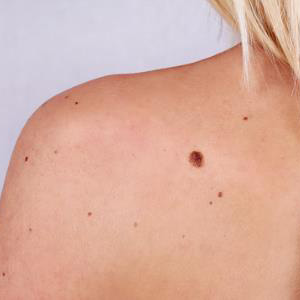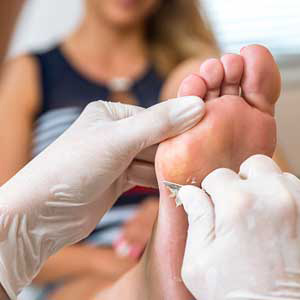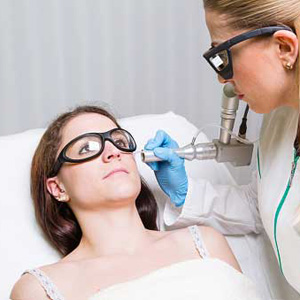Warts, of which there are several different types, grow as a result of the human papilloma virus, or HPV. A wart may grow on any area of the body, but this type of growth is most often seen on the hands. Estimates are that one in every twenty school-aged children have at least one wart.
Common warts are described as looking like cauliflower, with a raised, rough surface. These warts are contagious, with the virus potentially spread if a wart is scratched or touched. If exposure occurs on another area of the skin, or between two people, up to a year may pass before a new wart appears from this exposure.
Though a wart is not a serious health concern, this type of growth may be removed in order to end or prevent pain or embarrassment.
Treatment
Fifty percent of the warts developed in childhood tend to disappear naturally within six months. Within a two year period from onset, about 90 percent of warts go away on their own. However, warts that occur in adulthood have the potential of lasting many years. Some warts are resistant to over the counter treatment, even if the same person has successfully removed another wart using the same method. Plantar warts, those that grow on the soles of the feet, tend to linger. Because this type of wart can be uncomfortable due to location, removal may be recommended. Removal of facial warts, as well, is best done via professional dermatologic care.
There are several different methods that may be used to remove a wart. Which method is chosen will depend on the area in which the wart is located, the type of wart, size of the wart, and the developmental maturity of the patient.
All about Warts and other skin concerns - Dr. Roger Koreen

Warts can be contagious depending on a person’s immune system.
Some people have a high immunity against ward virus
Close physical contact with a patient can give warts to another person.
Cryotherapy (freezing)
Warts may be frozen using liquid nitrogen. With repeated treatments over about four weeks, cryotherapy is approximately 70 percent effective at eliminating warts with minimal, if any, scarring.
Excision
Cutting a wart out is often no more effective than other methods, and this procedure has an increased risk of scarring so is performed less frequently. In addition to scarring, an excised wart may leave behind small amounts of virus that lead to a secondary wart in the same area.
Laser
Warts may be destroyed with a pulsed dye laser, a type of treatment typically used to remove multiple plantar warts. Full elimination of a wart may take several treatments.
Dr. Koreen and his team offer gentle, effective care for warts and other skin concerns. To schedule your visit in our Huntington, NY office, call (631) 417-3300.














